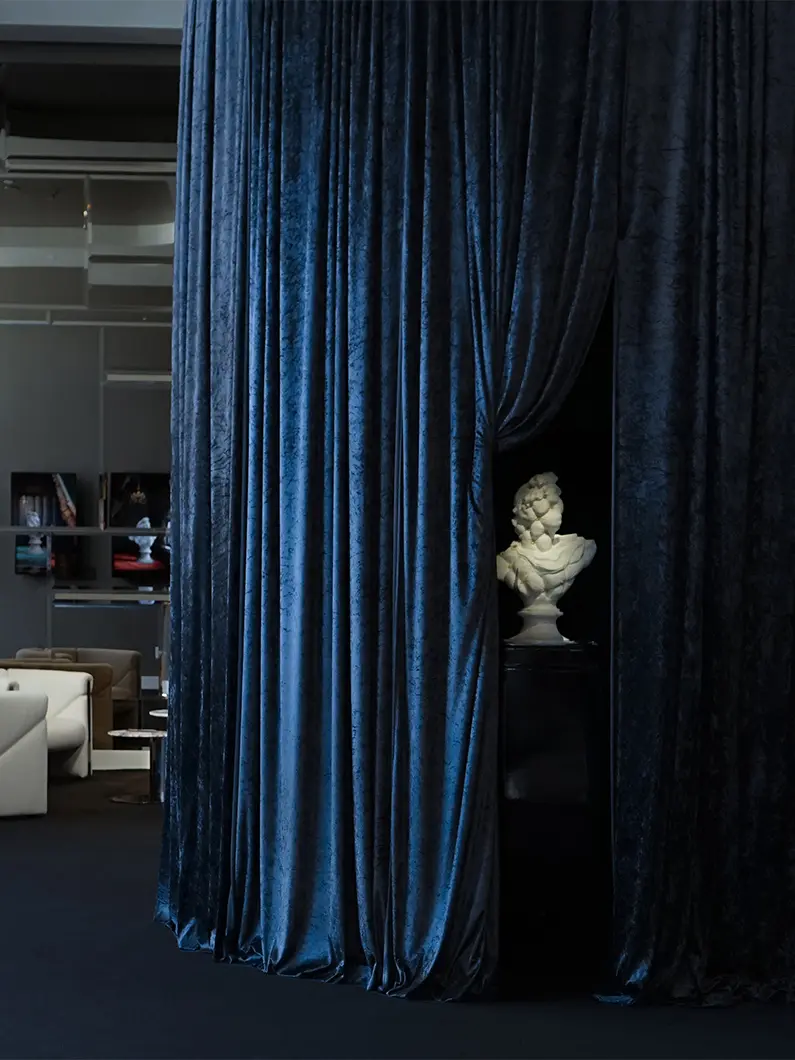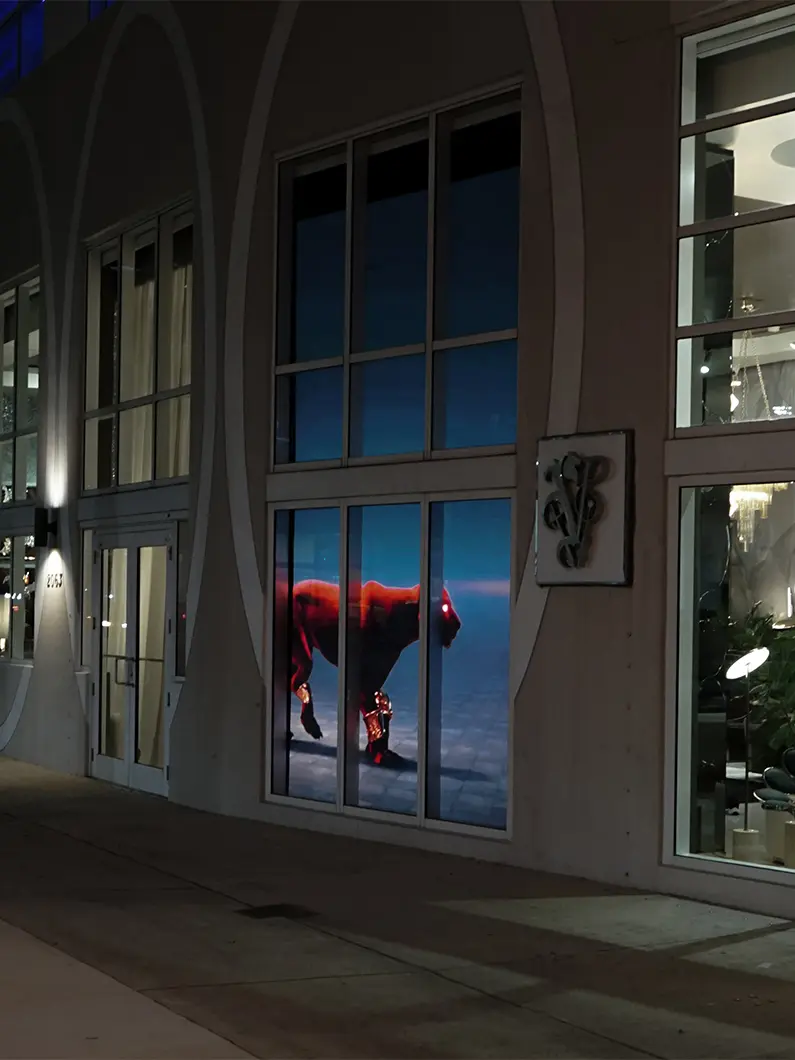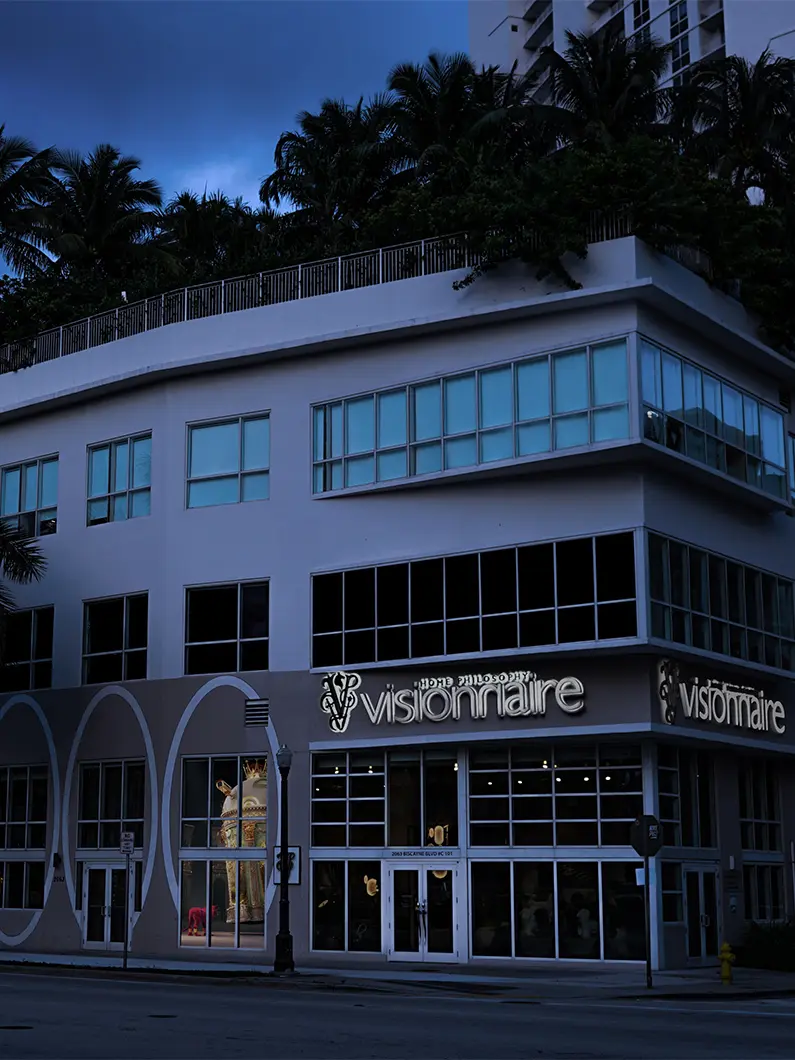From BIG to David Chipperfield, Frank Gehry to Snøhetta: a world tour of the best buildings set to open in 2026
Classical beauty NFT-style: Visionnaire’s perspective
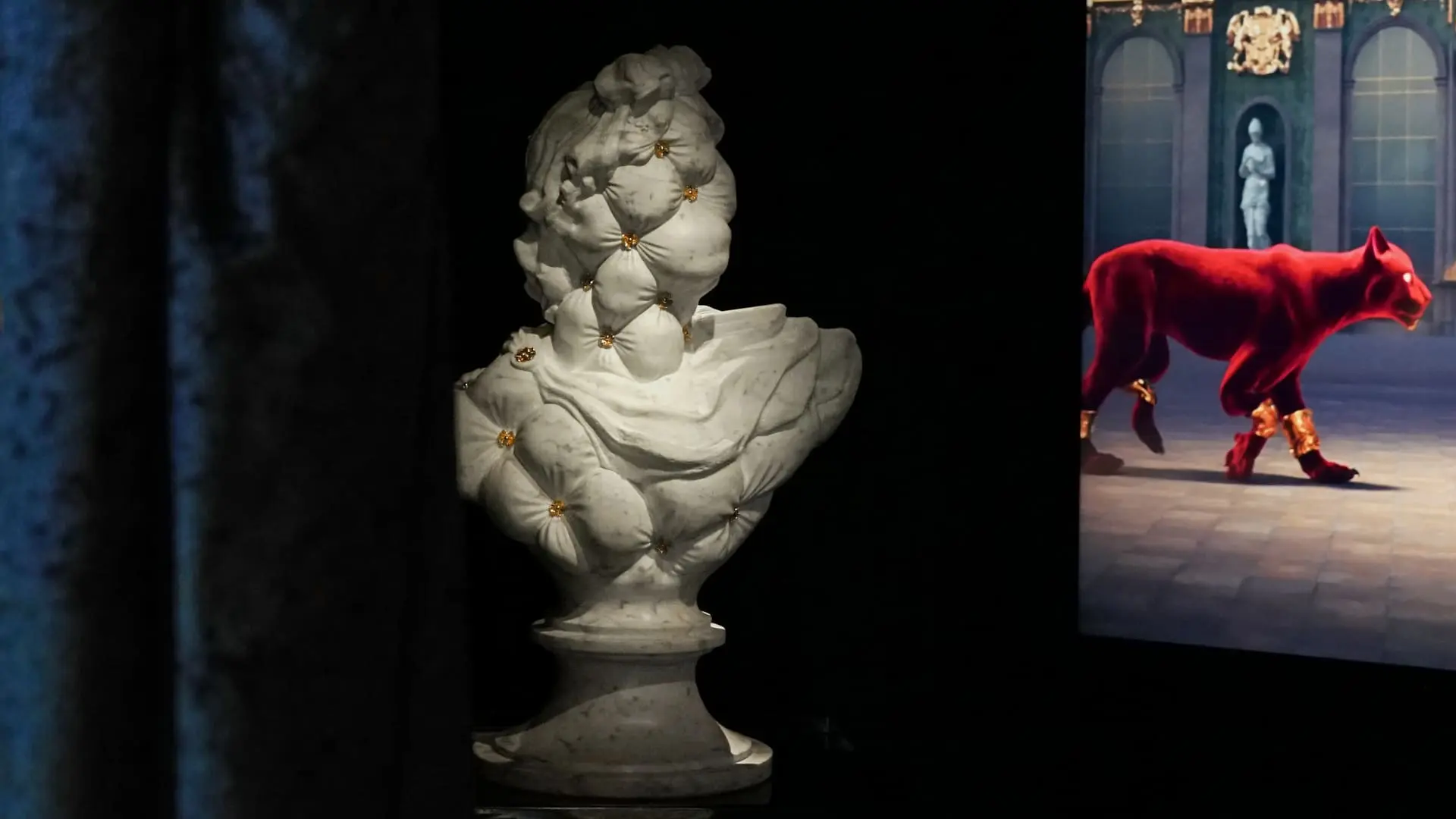
Apollo Belvedere, symbol of beauty and uniqueness, becomes an artistic metaphor for representing physical/digital duality and the possibilities of NFT technology according to Visionnaire. In conversation with Marco Morandini, curator of the Visionnaire Wunderkammer space
The relationship between copies and originals is a fundamental issue when it comes to classical art. The digital world also reflects on uniqueness, the simplicity of copies and on the duality between the concreteness of the physical world and the possibilities offered by digital technologies.
Digital artist Jonathan Monaghan has turned his mind to these continual dualisms, joining forces with Visionnaire’s experience to create this particular work, which is both sculpture and video installation.
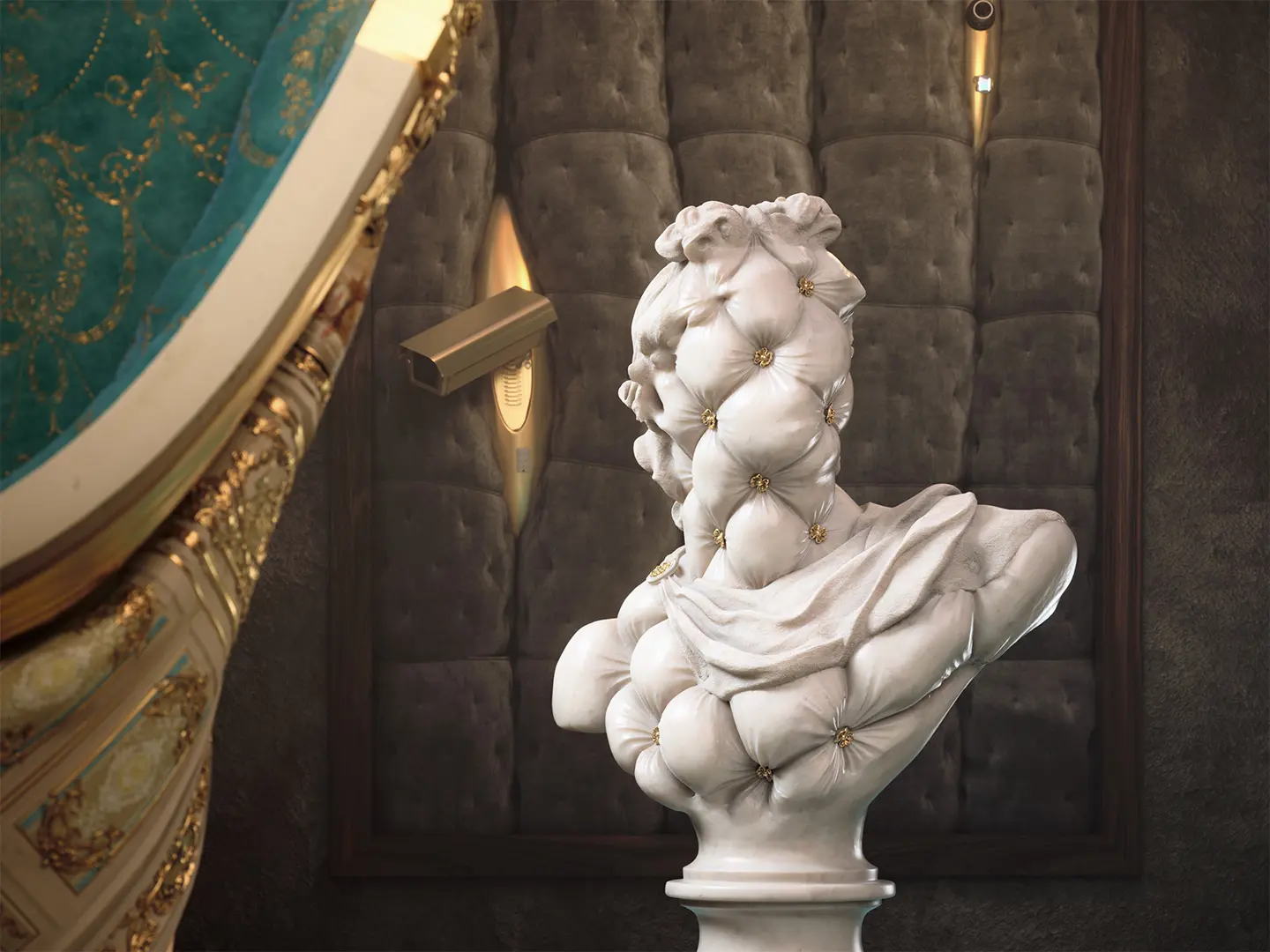
Apollo Belvedere was presented to the public for the first time at the last Salone del Mobile, in June 2022. Apollo Belvedere has gone a long way since then, including flying to Miami for Art Basel last November and being exhibited at the Visionnaire Embassy, and it will go on display in March at the Dubai Visionnaire showroom in the United Arab Emirates.
Apollo Belvedere is an immersive installation in which luxury and the digital world come together in a single space with some physical confines, in an ongoing dialogue with the digital meta world. For its second appearance at Art Basel Miami, Visionnaire has decided to experiment and come up with a futuristic installation, the strong point of which lies in its contrasts. Apollo Belvedere is the result of Visionnaire’s ability to transform and process precious materials and Jonathan Monaghan’s visionary, metaphysical approach. It’s an attempt to bring two apparently distant worlds together, an ability to unite craftsmanship and the infinite possibilities of pixels, and a bid to reflect on the uniqueness of the work of art in a digital world governed by screens and the possibility of infinitely reproducible copies.
Like a two-faced Janus, Apollo Belvedere is both a statue, made from Carrara marble, the extremely precious stone used by masters such as Michelangelo, Donatello and Canova, and a digital work protected by NFT technology. NFT, which stands for Non-Fungible Token, is the blockchain-based technology that Visionnaire chose to use to certify the uniqueness of the digital part of the work.
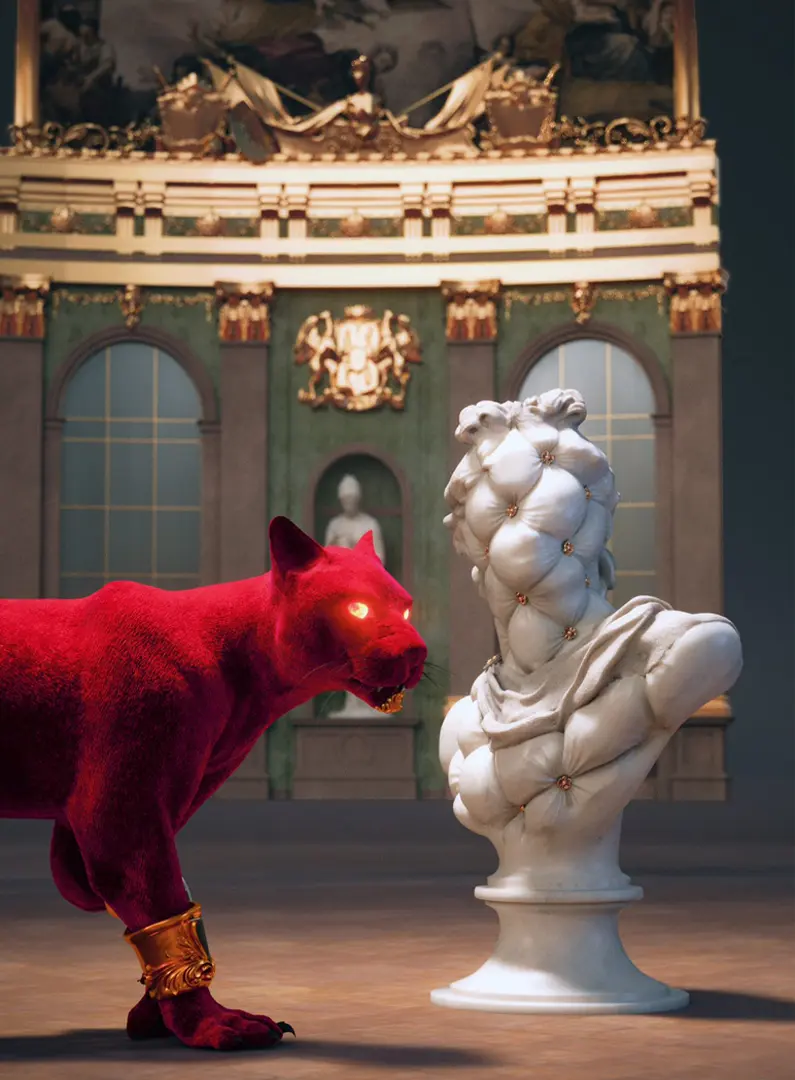
The work is part of a much broader project, Visionnaire NFT, launched in April 2022 and geared to exploring the languages, limitations and possibilities of art in the digital and internet world. The meeting with Jonathan Monaghan and his vision informed a work in which the powerful ties with craftsmanship and the relationship with the avantgarde are balanced in a distinctive combination of the physical and the ephemeral. It took months to reproduce the texture and details that the artist and Visionnaire had in mind and, along with the sculpture, Monaghan also created a surreal 3D animation in which a spaceship reveals the sculpture in a Baroque setting. Against this surreal backdrop, Apollo defeats Dionysus, represented by an enormous read panther, symbolising chaos and disorder.
Apollo Belvedere was put up for auction on the marketplace 4ART NFT + and minted on the Palm Network, using a technology that dramatically cuts environmental impact and the amount of energy needed for NFT computing power. Furthermore, Visionnaire, which is a benefit company and committed to environmental awareness, also partnered with Rete Clima to offset the emissions of CO2 generated by energy consumption. Taking account of the entire design and production process, from 3D rendering to the transport of the finished statue, the amount of energy consumed was computed and neutralised by taking part in the Allain Duhangan Hydropower Plant project, which aims to curb Northern India’s reliance on fossil fuels.
Marco Morandini, curator of the Visionnaire Wunderkammer space, spoke about the Apollo Belvedere, with an overarching reflection on the art and design world and its ongoing dialogue with technology:
“For several years now, the Wunderkammer, which is a physical space at the former Cavour cinema in Milan, has been devoted to showcasing artists or designers that we find interesting. We always try to present works having a clear connection to Visionnaire’s company values and to its tradition of working in the luxury and furnishing fields. We have worked with a number of different artists over the years, exploring fields ranging from sculpture to photography, video installations and personal and collective exhibitions. We therefore have an extremely wide-ranging and collective perspective and we enjoy experimenting with all the existing languages. Becoming interested in digital and NFTs was therefore a perfectly natural step. We were interested in exploring the sector and digging deep into the concept of NFTs as certificates that are easy to attach to the art world right now, but that could be applied in the future to other more physical worlds such as design pieces or furnishing accessories. Although it might seem that the world of NFTs has recently exploded and since our proposal was presented last year, in actual fact we have been mulling over these themes for a number of years. Monhagan has been working on the themes of digital and beauty in a contemporary key. The dynamic of our long-distance collaboration was also interesting – being American, Monhagan studied our company digitally through calls and appointments.”
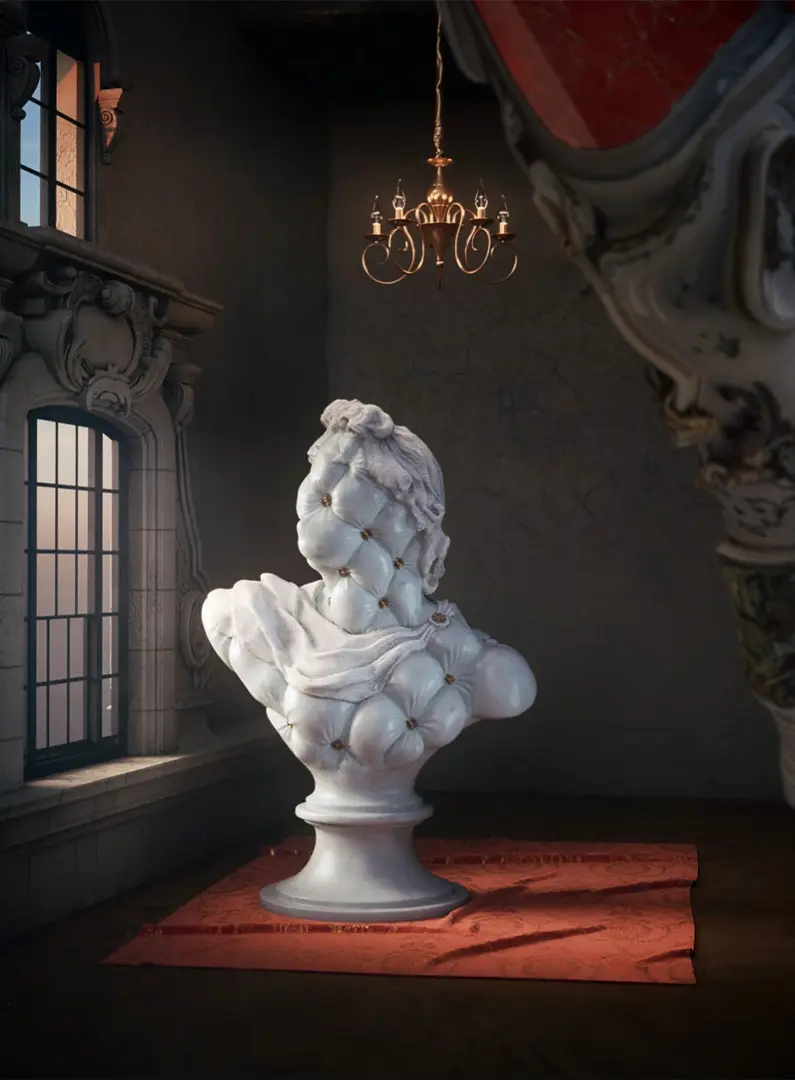
Having worked on the themes of beauty for years, the company, “along with Monhagan, endeavoured to explore these themes and the possibility of reproposing the Belvedere Apollo, a sculpture symbolising ideal beauty in terms of proportions and craftsmanship, and it seemed an extremely interesting idea.”
The connection between the physical world and Visionnaire’s skills was a chance to “explore the world of NFTs. It gave me an opportunity to get my head around the limitations and the possibilities, and the concept itself is very simple, because an NFT certificate is nothing more than a digital version of the normal certificate an artist signs for any kind of work. However, there are advantages, not least the traceability of all the sales and resales of a work, because everything can be traced via the blockchain, and the artist always earns a percentage every single time it changes hands and is sold.”
As regards the near future “we are working on a Wunderkammer project for the upcoming Salone del Mobile 2023. What I can say for now is that we are working with Studiopepe on an installation unrelated to the theme of digital, but it’s a collective project that will draw in visitors and awaken all their senses. It will be a totally immersive experience and we will be presenting a series of pieces designed by them in a setting in which there will be global involvement.”


 Stories
Stories
